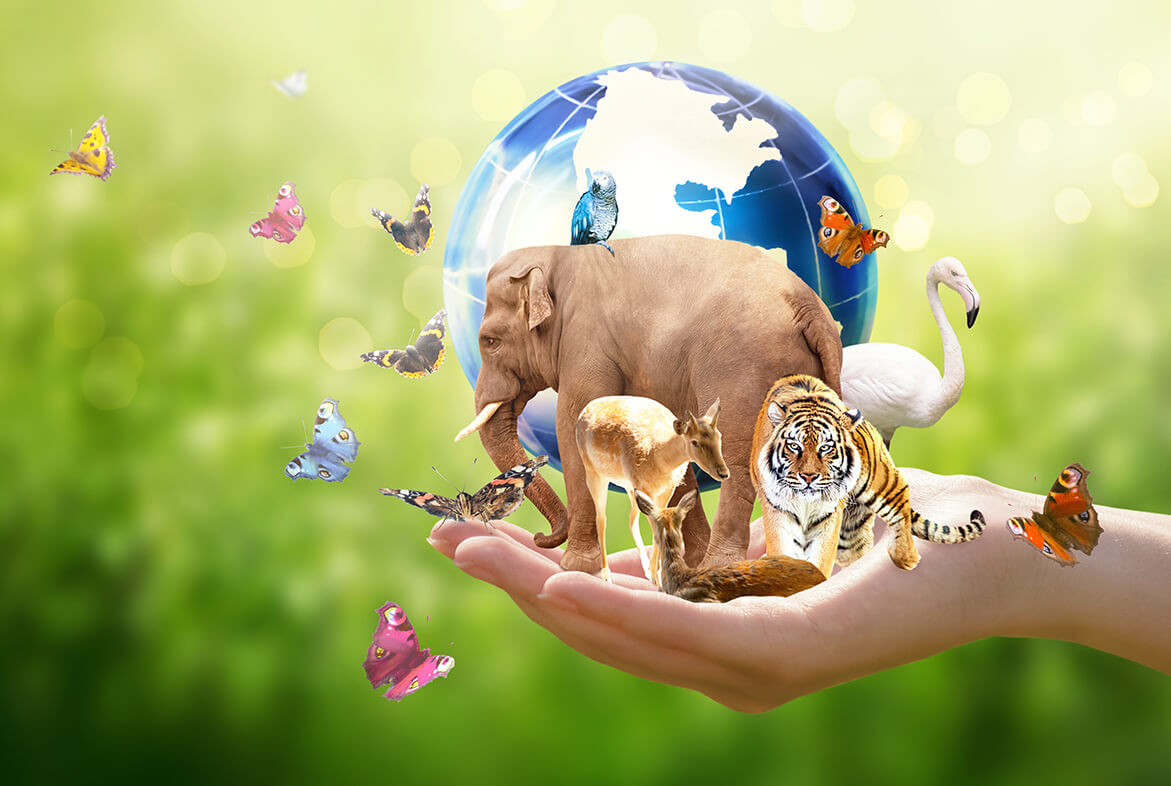While land-use change has always traditionally been the largest driver of biodiversity decline, new research by the German Centre for Integrative Biodiversity Research suggests that climate change could become the most significant driver by mid-century.
Using three different scenarios from sustainable development to high emissions scenarios the researchers found that the combined impact of land-use change and climate change impacts resulted in biodiversity loss in all world regions.
Biodiversity can be defined as the natural world around us and the variety of different kinds of organisms, from plants and animals to insects and micro-organisms, which work together to maintain and support life on earth. We rely on nature to provide food and water, as well as to prevent extreme weather effects, and without biodiversity our entire human and animal support system would collapse.
In order to protect our planet and our fragile ecosystem it is vitally important that we both recognise the existing and future effects of climate change and take urgent steps to slow the rate at which our planet is warming.

